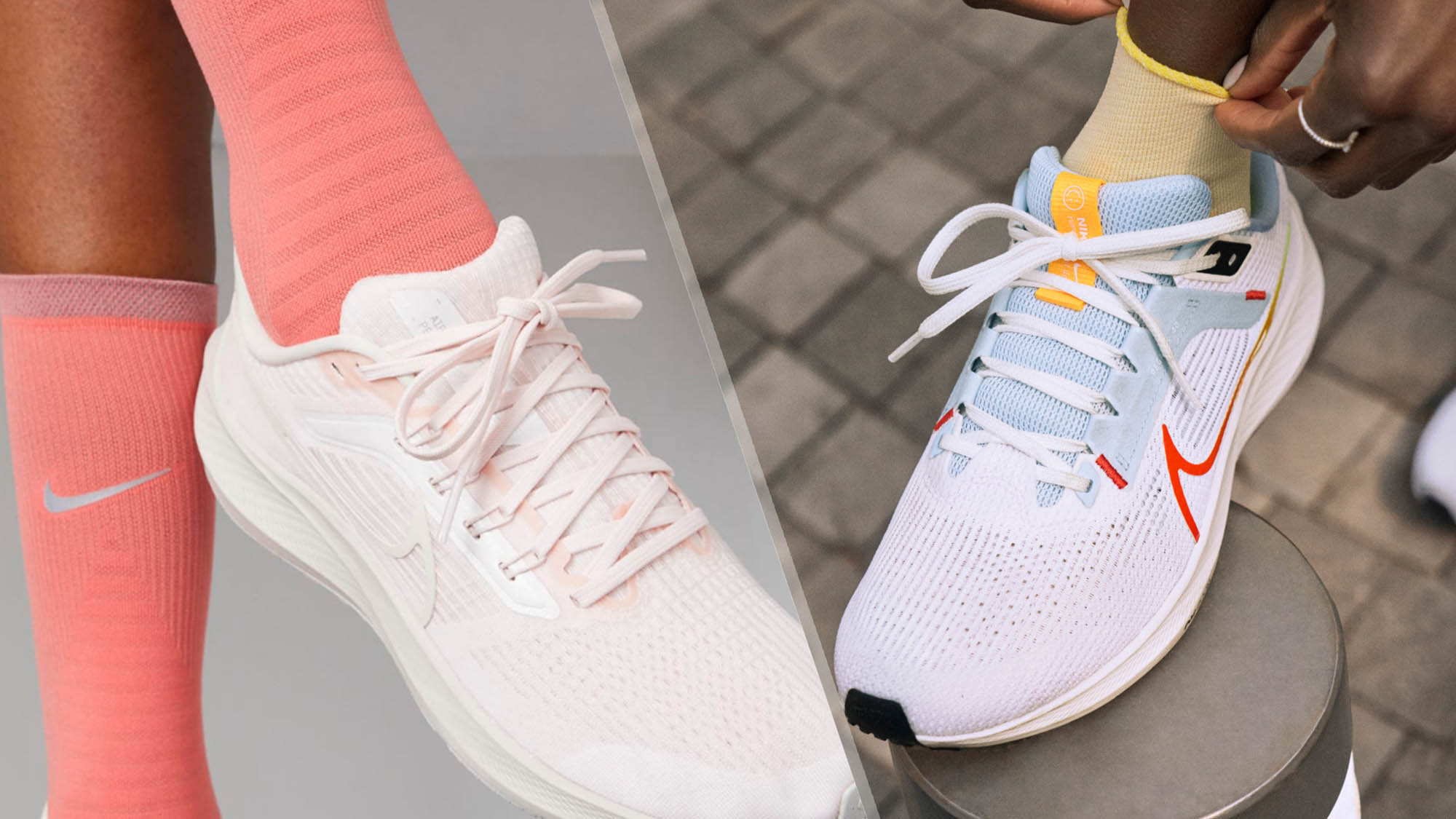
If you’re in the market for a pair of comfortable, everyday running shoes, you’ve probably stumbled across the Nike Pegasus line. It’s one of Nike’s most popular daily running shoes, designed to get you around everything from a 5K, to a marathon. It’s not the coolest, the most comfortable, or the fastest running shoe in Nike’s range, but it’s an everyday workhorse, loved by millions of runners.
Yet should you invest in the older Nike Pegasus 39, or upgrade to the brand-new Nike Pegasus 40?
Below, I’ve put the two popular running shoes side-by-side to help you work out which is best for you. As well as looking at the similarities and differences between the two shoes, I’ve weighed up the pros and cons of both. Both shoes made it onto our list of the best Nike running shoes and the best running shoes to shop right now, but which is best, and which should you buy?
Nike Pegasus 39 vs Nike Pegasus 40: Price and availability
The Pegasus has always been one of the more affordable running shoes in Nike’s range, and luckily, that hasn’t really changed. The Nike Pegasus 39 was released in April 2022, and cost $120/£109. The Pegasus 40 was released in April 2023, and is ever so slightly more expensive than the Pegasus 39 was when new, retailing at $130/£125. That said, it’s still pretty affordable for an everyday running shoe and is cheaper than the likes of the New Balance 1080v12, or the Asics Gel Nimbus 25.
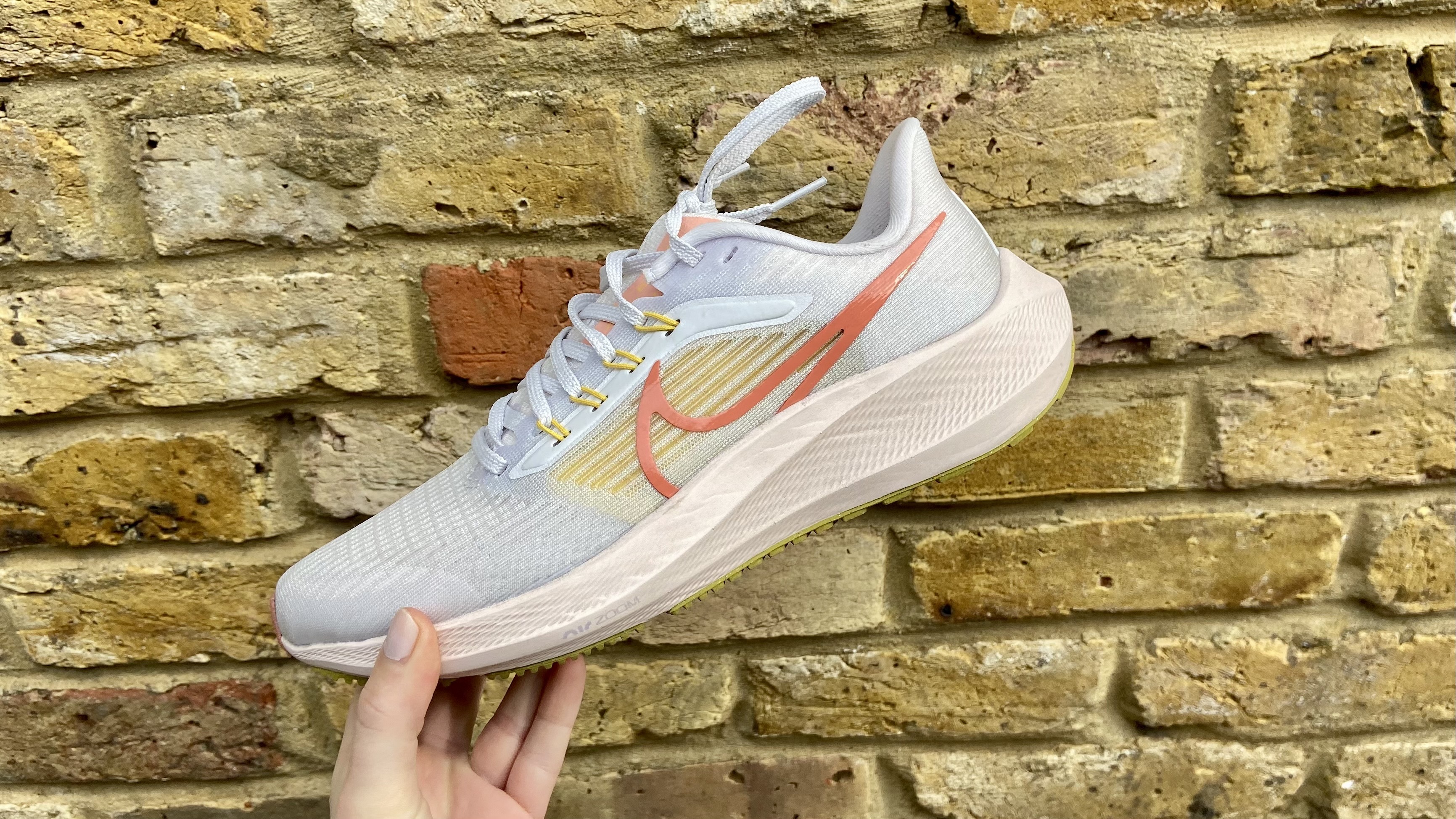
That said, if you are on a budget, now that the Pegasus 40 has been released, you’re likely to be able to find the Pegasus 39 on sale, as it is now last season’s stock.
Winner: Nike Pegasus 39 — as you’ll come to discover when reading this article, not an awful lot has changed between the Pegasus 39 and the Pegasus 40, so if you’re on a budget, save your money and buy the older shoe.
Nike Pegasus 39 vs Nike Pegasus 40: Design and fit
Both shoes are pretty similar in terms of the design. Nike made some big changes to the design of the shoe with the Nike Pegasus 37, when Nike added React foam to the shoe for the first time. The Pegasus 38 made some tweaks to the fit of the shoe, responding to user feedback that it was too narrow, and the Pegasus 39 saw Nike add a second Zoom Air unit to the heel of the shoe.
Like the Pegasus 39, the Pegaus 40 has two Zoom Air units, (Nike’s name for it’s pockets of air, designed to give the shoe a more responsive feel) — one under the ball of the foot, and one in the heel. Both shoes have the React midsole foam, which is cushioned and responsive, but nowhere near as soft as the ZoomX foam used in the Nike Invincible Run 3.
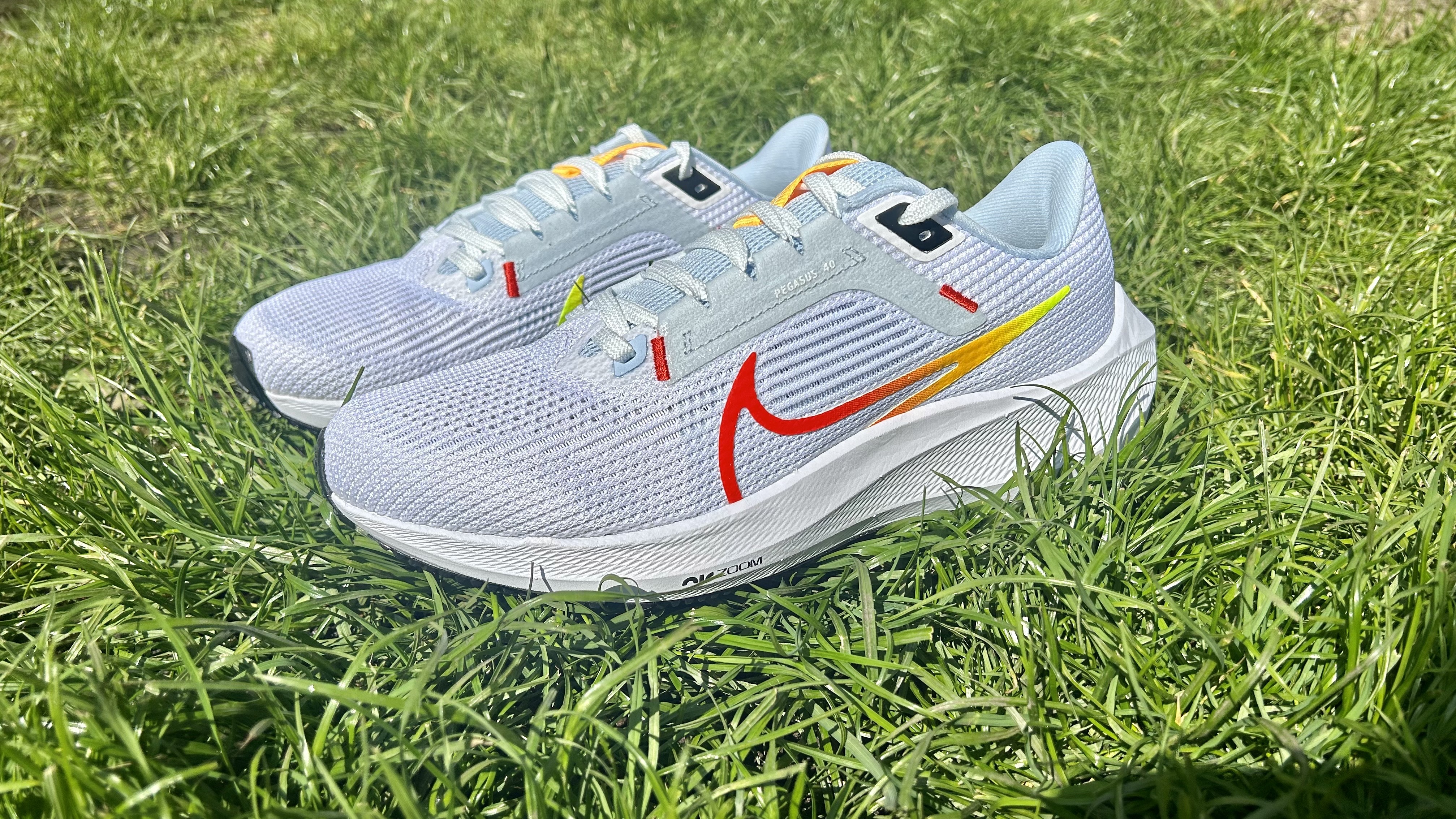
Both shoes have the exact same rubber outsole, which is grippy enough to wear on light trails and wet sidewalks, but probably isn’t the best if you’re heading off-road.
They both have a 10mm drop, with a stack height of 33mm in the heel, and 23mm in the forefoot. They also both have the same geometry, with a very mild rocker, and a slightly pronounced heel shape. The Pegasus 40 is slightly heavier than the Pegasus 39, although this is likely to be down to the new upper.
So what’s changed? Nike says they’ve made some tweaks to the design and fit of the Nike Pegasus 40, to improve on the fit of the Nike Pegasus 39, and make the shoe more comfortable. They've changed the design of the footbed to make the shoe more secure and supportive underfoot. Nike says it wanted the shoe to feel like a gentle hug, and who doesn’t need that on mornings when they just don’t want to go for a run?
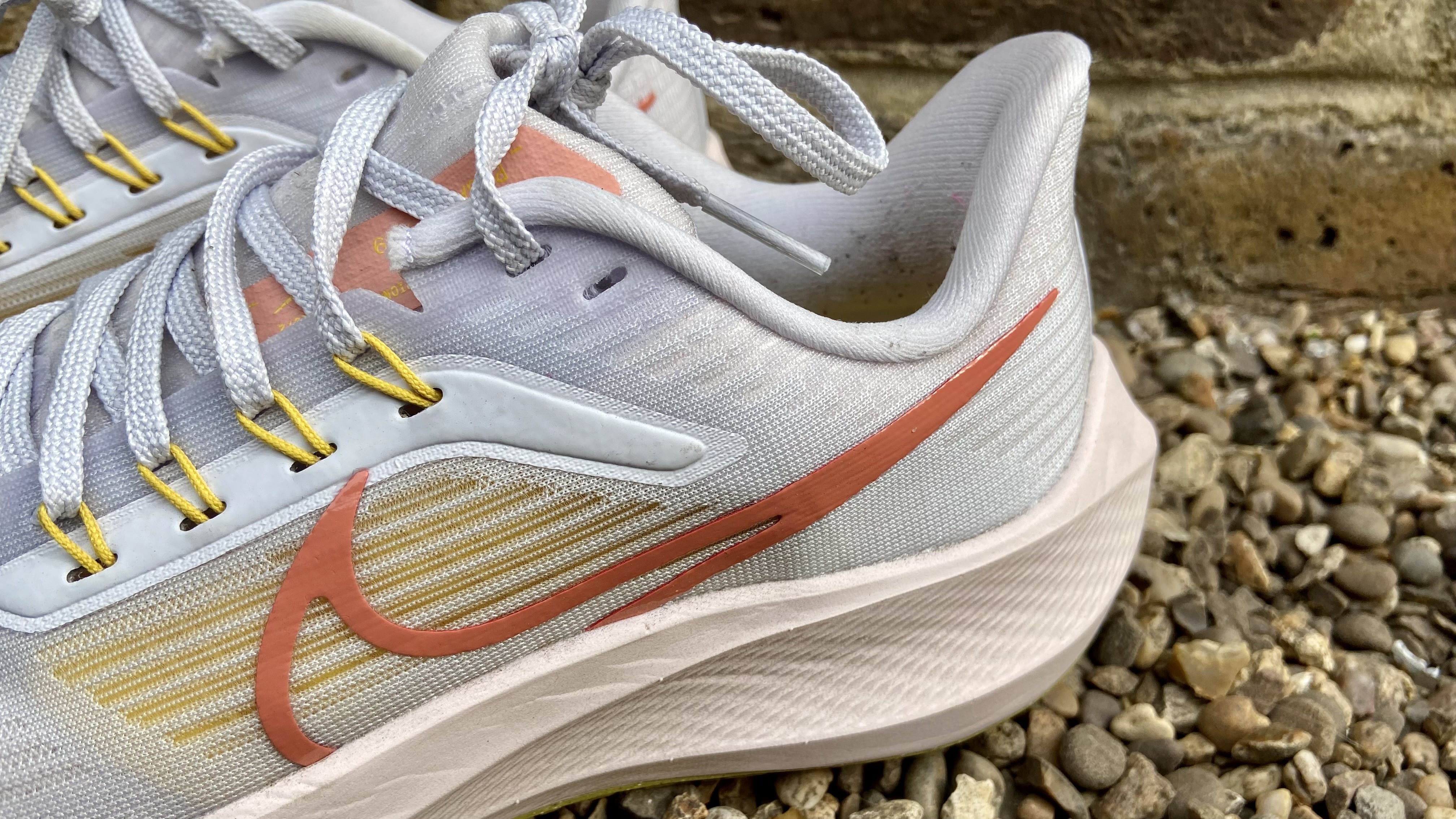
I had no issues with the fit of the Pegasus 39, which I found much better than the Pegasus 37 and Pegasus 38, and found the Pegasus 40 to fit very similarly. I wore a UK 5/US 7 in both versions of the shoe.
Unlike the Pegasus 39, Nike has returned to a more traditional lacing system with the newer shoe. On the Pegasus 39, the laces connected through the “Flywire technology” loops, that wrapped around the foot to keep it in place. I found these to be really comfortable and allowed a good amount of lockdown around the mid-foot.
Nike says they have reworked the internal linings and padding of the upper in the Pegasus 40 to make it more breathable. On the foot, it has a little more give than the previous version. The shoe now has a single-layer mesh upper, but it’s nowhere near as restrictive as the bootie upper found on the Nike Infinity Run 3. There’s also a decent amount of padding around the tongue and the collar of the shoe to alleviate any rubbing or hotspots.
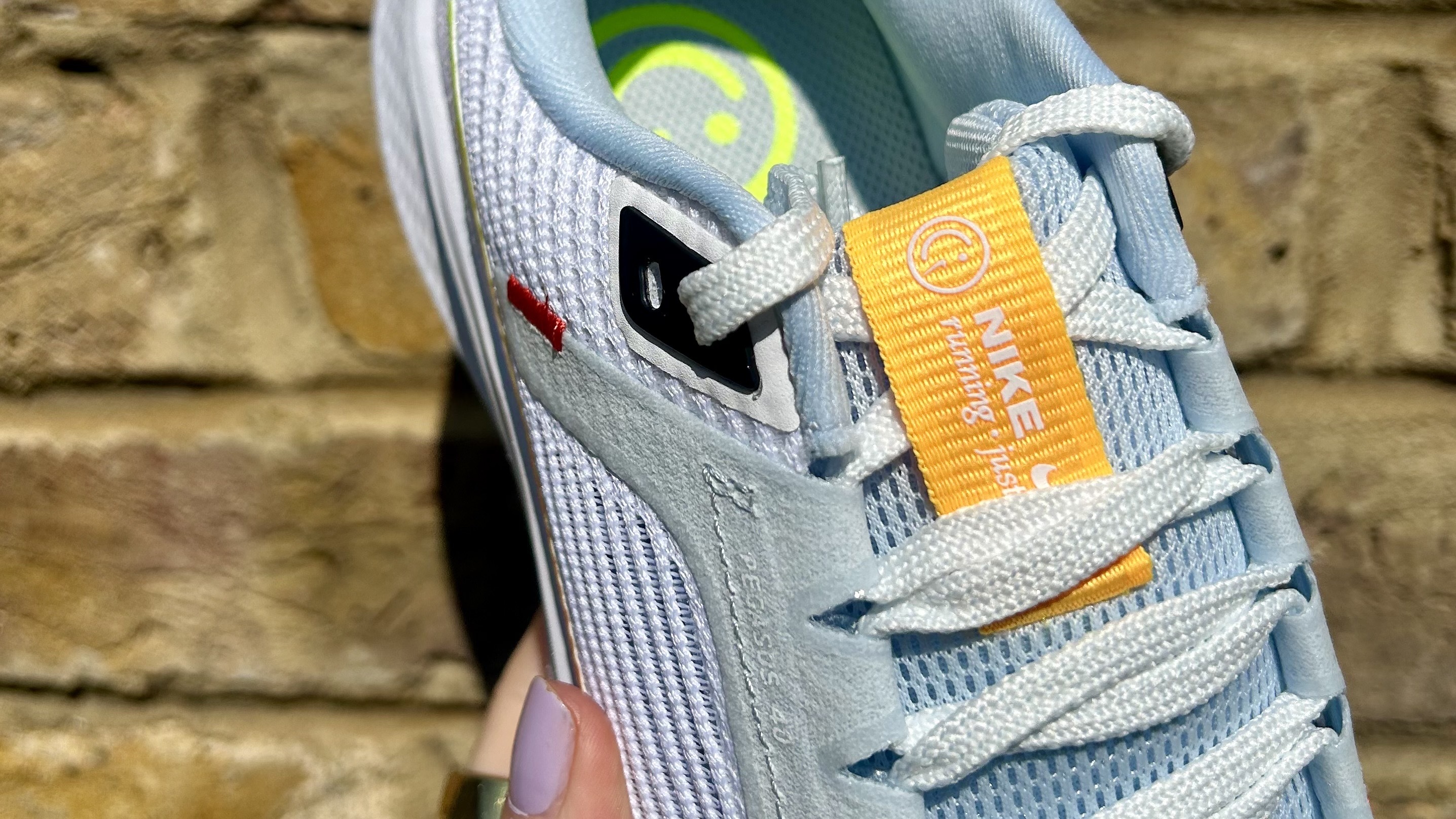
That said, these aren’t huge changes. Sure, you’d probably notice the subtle differences if you had a Peg 39 on your left foot and a Peg 40 on your right, but once you start running, the two shoes feel pretty similar.
Winner: Pegasus 39 — I really liked the Flywire technology, and the lacing system on the Pegasus 39, which allowed me to pull the shoe tight around my mid-foot for a really locked-in feel on the run. That said, the Pegasus 40 fits well, but has a more traditional lacing system.
Nike Pegasus 39 vs Nike Pegasus 40: Performance
As mentioned above, there are not an awful lot of differences between the two shoes, other than the slight tweaks to the upper. Both shoes are best suited for everyday miles — the React midsole foam is responsive and lightweight, yet not overly soft.
You don’t sink into the Pegasus, and there are definitely softer, plusher shoes in the Nike round-up if that’s your bag. There are also faster, more responsive shoes, like the Nike Air Zoom Tempo Next% or the Nike Vaporfly Next% 2, designed for faster running.
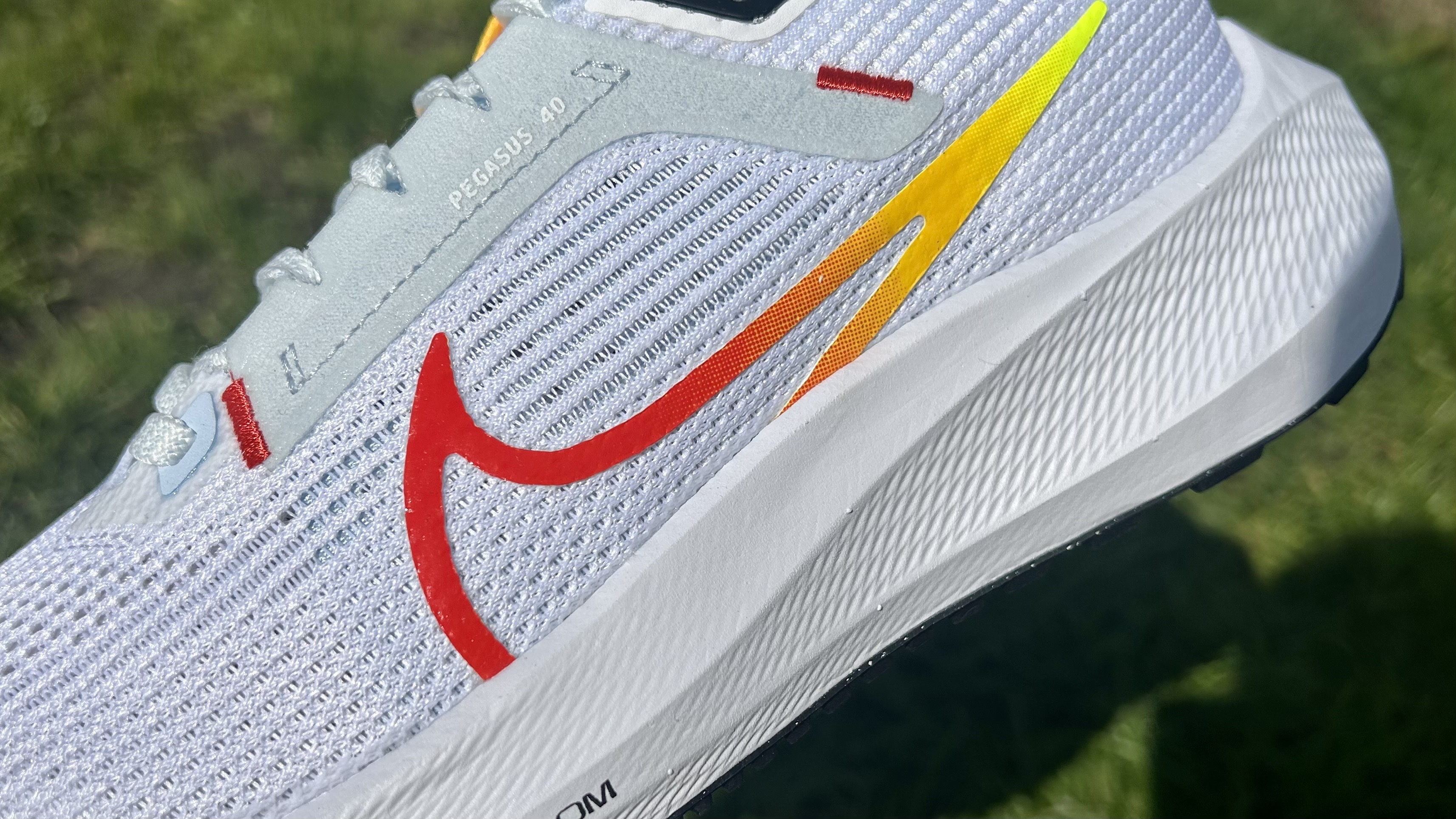
That said, the Pegasus isn’t designed to be a race day shoe, it’s the running shoe you reach for during training. It’s reliable and comfortable, with enough cushioning to protect your legs on easy recovery miles, and enough snap to pick up the pace during tempo sessions.
Both running shoes are excellent running shoes for beginners, as they’re durable and have a lot of versatility thanks to the React foam and Zoom Air units. Faster runners will probably want to save them for easy runs.
Winner: It’s a tie! Underfoot, these shoes feel very similar. Both are comfortable and durable.
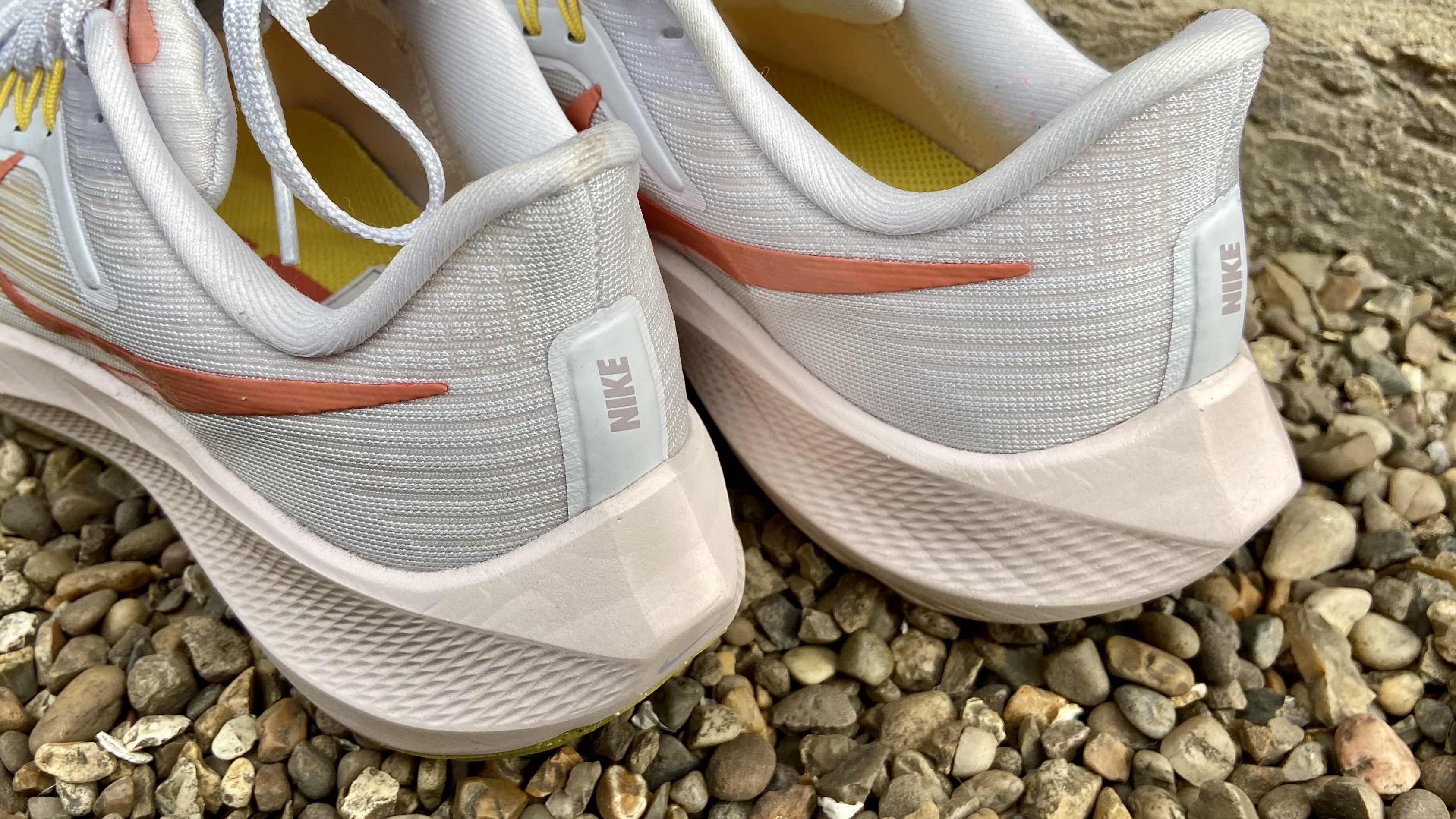
Nike Pegasus 39 vs Nike Pegasus 40: Which is best for you?
So, should you buy the Nike Pegasus 39 or the Nike Pegasus 40? The answer really depends on how much you want to spend, and how much you care about having the latest model. Both shoes are excellent for beginners and have enough durability to last a long time.
Personally, I preferred the lacing system of the Pegasus 39, so if you’re on a budget, now is a good time to save your money and invest in the cheaper shoe. Aside from a slightly different upper, the two shoes are pretty-much identical and feel very similar underfoot. Faster runners might also appreciate that the older shoe is slightly lighter.
Whichever shoe you choose, you’re getting a workhorse that’ll get you through training miles comfortably. We expected some bigger changes from Nike for the 40th iteration, but it seems like the Pegasus undergoes big changes every two years, so we’ll have to wait and see what’s next for this shoe.







